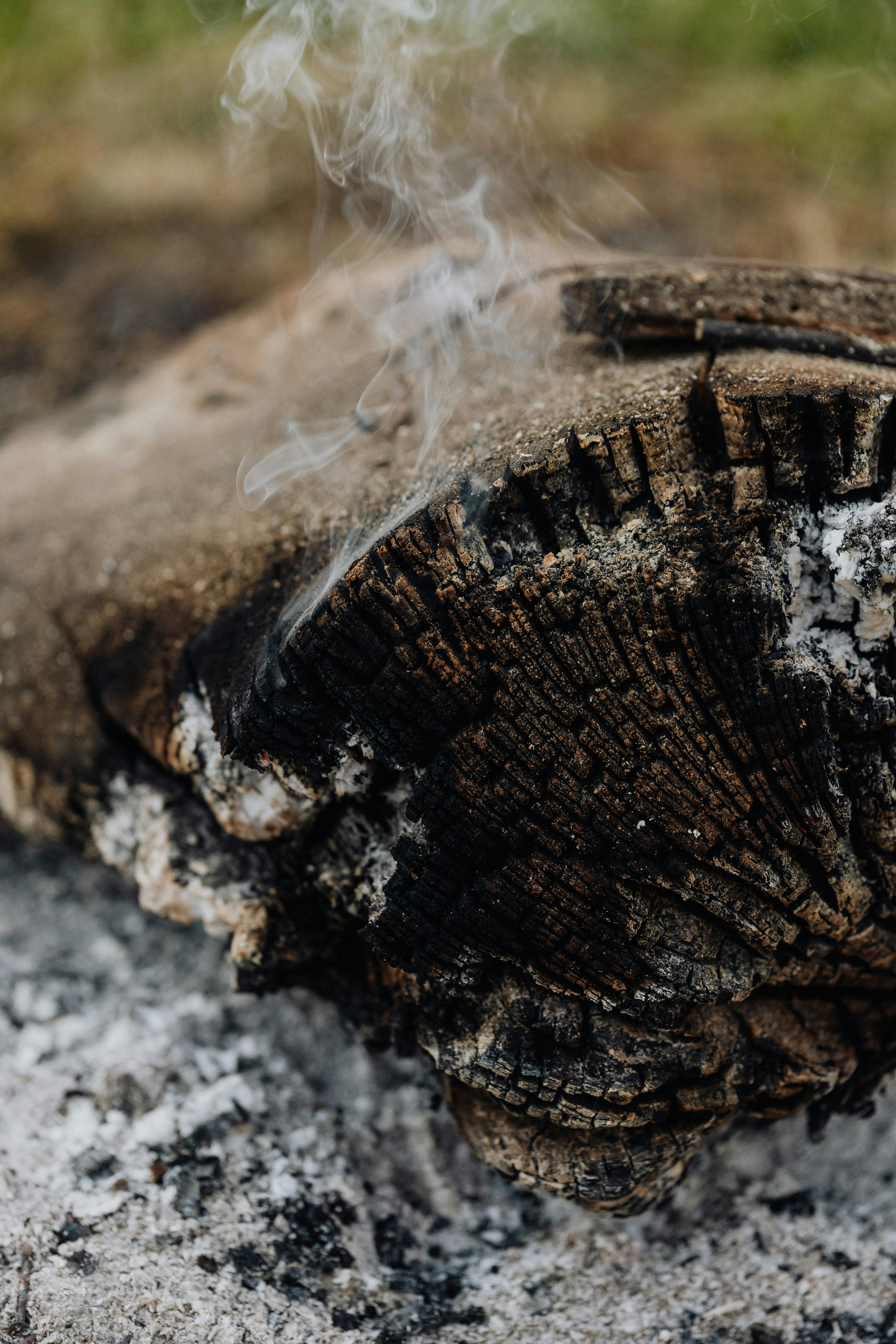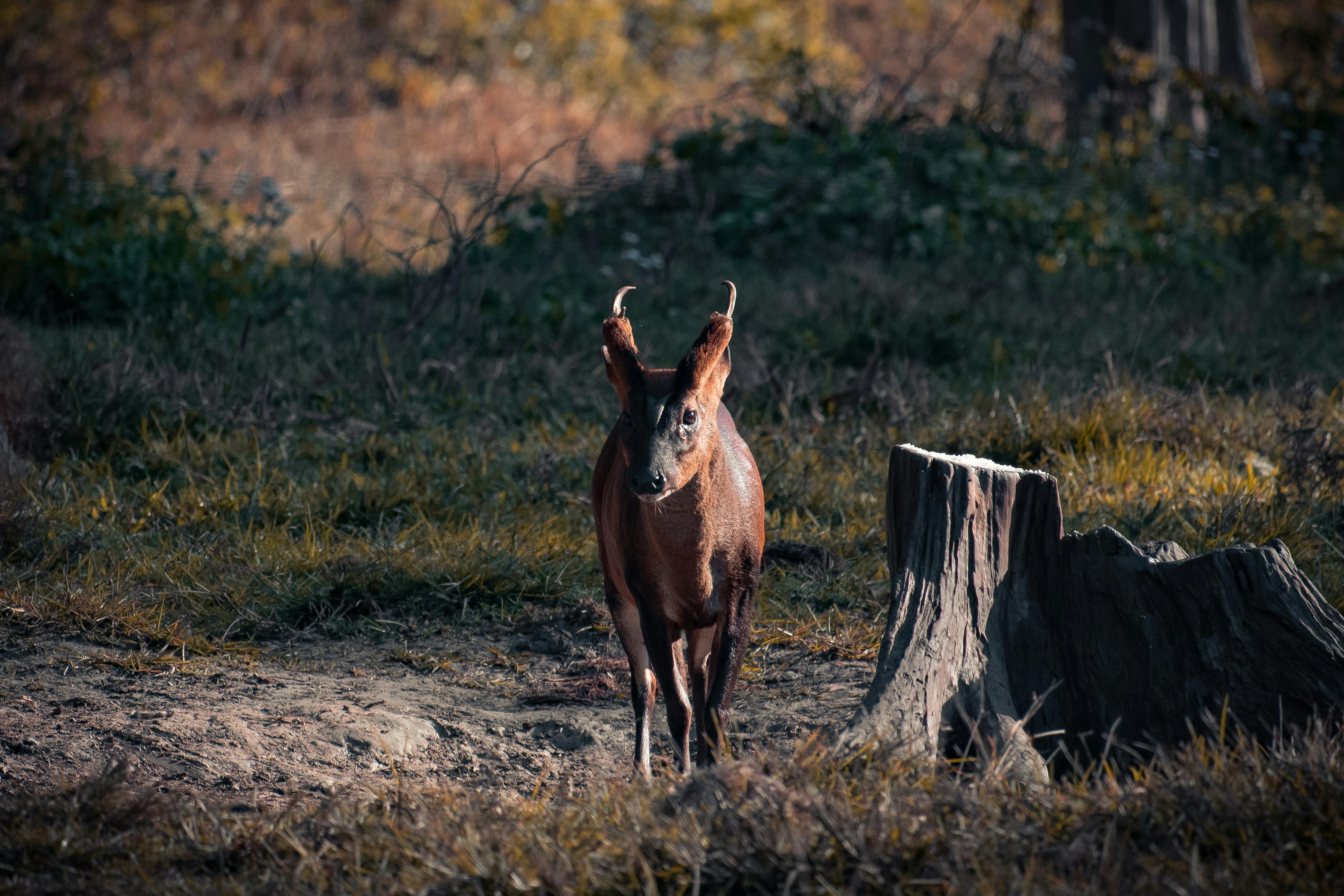Understanding Baumstumpf: The Fascinating World of Tree Stumps
Baumstumpf, or tree stump, refers to the remaining part of a tree that is left after it has been cut down or has fallen. These remnants of trees are often overlooked in the landscape but play a significant role in ecosystems. They provide habitats for wildlife, contribute to soil health, and can even be transformed into unique decorative pieces. In this article, we’ll delve into the various aspects of Baumstumpf, exploring its ecological benefits, practical uses, and ways to repurpose them creatively.
The Ecological Importance of Baumstumpf
Baumstumpf serves as more than just a reminder of a tree’s presence; it plays a crucial role in the ecosystem. Leaving stumps in the ground can enhance biodiversity by providing shelter for insects, small mammals, and birds. Additionally, decomposition of Baumstumpf enriches the soil, returning vital nutrients to the earth. This natural process is crucial for maintaining the balance in forest ecosystems, ensuring that new plant life can thrive in the area.
Habitat Creation
One of the most significant benefits of Baumstumpf is habitat creation. Many creatures, including various fungi, insects, and small animals, use stumps as homes. For instance, woodpeckers are known to drill into the decaying wood to create nesting sites. This activity not only supports these species but also helps in the overall food chain by providing habitat and food sources for a variety of wildlife.
Soil Enrichment
As Baumstumpf decomposes, it contributes essential nutrients back into the soil. This organic matter enhances soil structure, improving water retention and aeration. The microbial life that develops around decomposing stumps is equally important, fostering a diverse ecosystem that benefits surrounding plants. Thus, leaving Baumstumpf intact can significantly improve the health of the local environment.
Visual Appeal in Landscapes
Baumstumpf can be transformed into aesthetically pleasing landscape features. Many garden enthusiasts take advantage of tree stumps by repurposing them into planters or decorative elements. By hollowing out a stump, you can create a beautiful planter that adds a rustic charm to your garden. Not only does this practice enhance the visual appeal, but it also promotes sustainability by reusing natural materials.

Practical Uses of Baumstumpf
There are numerous practical uses for Baumstumpf, ranging from functional applications in landscaping to artistic endeavors. By creatively rethinking how we view stumps, we can find ways to integrate them into our outdoor spaces rather than viewing them as mere waste.
Functional Landscape Features
Tree stumps can be transformed into functional landscaping features. For instance, they can be used as natural seating, tables, or even as bases for outdoor structures. Their unique shapes and textures add character to any outdoor space, making them a popular choice among landscapers. Additionally, incorporating Baumstumpf into children’s play areas can provide safe, natural elements that stimulate creativity and imagination.
Creative Art Projects
Baumstumpf can also serve as inspiration for artistic projects. Many artists and craftsmen utilize stumps to create unique sculptures or carved pieces. These projects not only promote artistic expression but also highlight the beauty of natural materials. By working with Baumstumpf, artists can create lasting pieces that tell a story of nature’s cycle and regeneration.
Composting and Mulching
Another way to utilize Baumstumpf is through composting or mulching. When stumps decay, they can be ground into smaller pieces and used as mulch in gardens. This provides a sustainable way to manage yard waste while enriching the soil. Furthermore, using stump mulch around plants can help retain moisture and suppress weeds, improving garden health effectively.

How to Repurpose Baumstumpf
Repurposing Baumstumpf is not only environmentally friendly but also an exciting opportunity to enhance your garden or outdoor space. Here are some ways to creatively repurpose tree stumps into functional and visually appealing elements.
DIY Projects for Your Garden
There are countless DIY projects that homeowners can undertake to repurpose Baumstumpf. For instance, turning a stump into a bird feeder can attract local wildlife and bring vibrancy to your garden. To create a bird feeder, simply hollow out the top of the stump, affix a small dish for seeds, and place it in a suitable location. This simple yet effective project enriches the local ecosystem while providing entertainment as you observe the birds.
Creating a Fire Pit Area
Using Baumstumpf in your outdoor seating area for a fire pit can create a cozy ambiance. Arrange stumps in a circle around your fire pit, providing a natural seating solution for guests. This not only offers a rustic charm but also promotes social interactions during outdoor gatherings, making it an inviting space for friends and family.
Building Natural Steps or Pathways
Tree stumps can be used to create natural pathways or steps throughout your garden. By placing stumps at consistent intervals, they can guide visitors through your landscape. This method not only promotes eco-friendliness but also adds an organic touch to your outdoor space, blending seamlessly with the natural environment.
Conclusion
Baumstumpf is more than just the remnants of a tree; it is a valuable resource that can bring ecological, functional, and aesthetic benefits to our landscapes. By understanding its role in nature and exploring creative ways to repurpose tree stumps, we can enhance our surroundings while promoting sustainability. Whether creating new habitats, enriching the soil, or developing unique garden features, Baumstumpf holds untapped potential that deserves recognition and appreciation.
FAQ
1. What can I use Baumstumpf for in my garden?
You can repurpose Baumstumpf for various uses, including natural seating, planters, and pathways. Additionally, they can be used to create bird feeders or incorporated into fire pit areas for a cozy outdoor setting.
2. How does Baumstumpf benefit the ecosystem?
Baumstumpf benefits the ecosystem by providing habitats for wildlife, enriching soil when decomposed, and promoting biodiversity within forest ecosystems. They support insects, fungi, and small animals, contributing to a balanced environment.
3. Can tree stumps be used for artistic projects?
Absolutely! Baumstumpf can be transformed into unique sculptures and art pieces by artists and craftsmen. Their natural forms inspire creativity and allow for artistic expression using sustainable materials.
4. How do I maintain Baumstumpf in my landscape design?
Maintenance of Baumstumpf involves ensuring they remain stable and decay naturally. Regular checks may be needed to prevent unwanted pests, and if used as seating, ensuring they are treated to handle weather exposure is important for longevity.
5. Is it environmentally friendly to leave tree stumps in the ground?
Yes! Leaving Baumstumpf in the ground promotes natural decomposition, enriching the soil and supporting local wildlife. This process encourages biodiversity and helps maintain ecological balance in the area.
